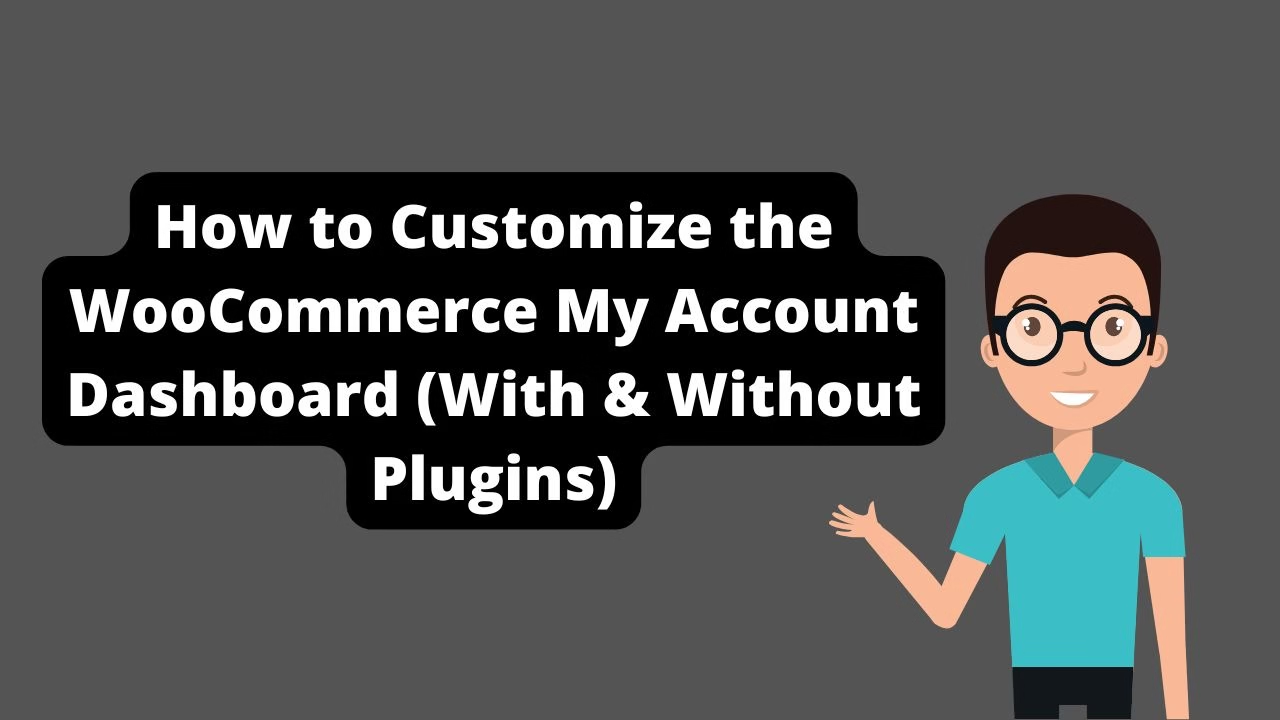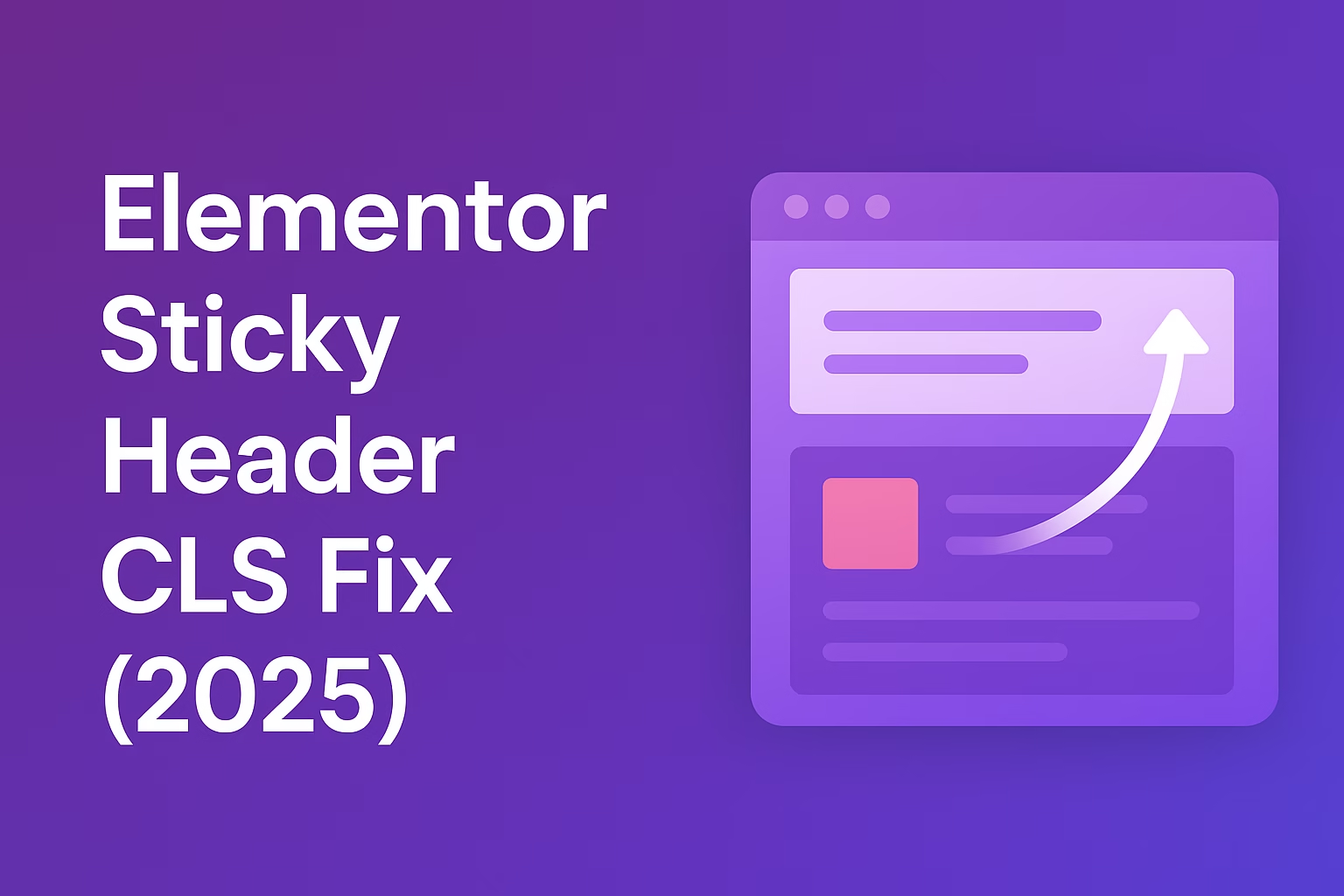You can customize the My Account page by adding or removing tabs using the woocommerce_account_menu_items filter and creating custom endpoints for new content.
If you want to customize the WooCommerce My Account dashboard to better reflect your brand, improve user experience, or add functionality — you’re in the right place.
In this guide, we’ll cover:
- ✅ How to add or remove tabs on the My Account page
- ✅ How to customize tab content using code
- ✅ Plugin solutions if you don’t want to code
- ✅ Real-world examples like loyalty programs, dashboards, and upsells
Why Customize the WooCommerce My Account Dashboard?
- 🎯 Show customers account-related content that matters
- 💼 Reflect your brand or membership site structure
- 📈 Add upsell, support, downloads, or license areas
- 💡 Remove unused tabs like “Downloads” for physical stores
Option 1: Customize With Plugins (No Code)
If you want to edit My Account tabs and content without touching PHP, here are some great plugins:
🔥 Custom My Account Pages
- ✅ Add new tabs with WYSIWYG or shortcodes
- ✅ Restrict tabs by user role
- ✅ Link to external URLs, custom dashboards, or loyalty programs
🔧 Other Plugins:
- Woo Custom My Account Pages (Free)
- WooCommerce My Account Customizer (Official Woo plugin)
Option 2: Customize WooCommerce My Account With Code (Hooks)
Below are real WooCommerce hooks you can use in your functions.php or a custom plugin.
🪝 Remove Tabs
add_filter('woocommerce_account_menu_items', 'remove_my_account_tabs');
function remove_my_account_tabs($items) {
unset($items['downloads']);
unset($items['edit-address']);
return $items;
}Removes the “Downloads” and “Addresses” tabs from My Account.
🪝 Rename a Tab
add_filter('woocommerce_account_menu_items', 'rename_account_tab');
function rename_account_tab($items) {
$items['orders'] = 'My Purchases';
return $items;
}🪝 Add a Custom Tab
add_filter('woocommerce_account_menu_items', 'add_support_tab');
function add_support_tab($items) {
$items['support'] = 'Support';
return $items;
}🧩 Register a Custom Endpoint
add_action('init', 'add_support_endpoint');
function add_support_endpoint() {
add_rewrite_endpoint('support', EP_ROOT | EP_PAGES);
}📄 Display Content for the Custom Tab
add_action('woocommerce_account_support_endpoint', 'support_tab_content');
function support_tab_content() {
echo '<h2>Need Help?</h2>';
echo '<p>Contact us at support@example.com or open a ticket.</p>';
}📍 Important: Flush Rewrite Rules
After registering a new endpoint, go to Settings → Permalinks and click “Save Changes” to flush rewrite rules.
More Ideas to Enhance My Account Page
- 💬 Add loyalty points summary
- 🎟️ Show active coupons or credit balance
- 📁 Include digital product downloads, even if hidden from main nav
- 🎥 Link to onboarding videos, tutorials, or community forums
Final Thoughts
Customizing the WooCommerce My Account dashboard is a powerful way to elevate your customer experience. Whether you want to clean it up or add powerful new functionality — WooCommerce makes it all possible with hooks, endpoints, and plugins.
Need a fully branded, custom dashboard with unique logic? Contact Babar Ilyas to build your custom customer account experience from scratch.
Check out more advanced WooCommerce customizations:




